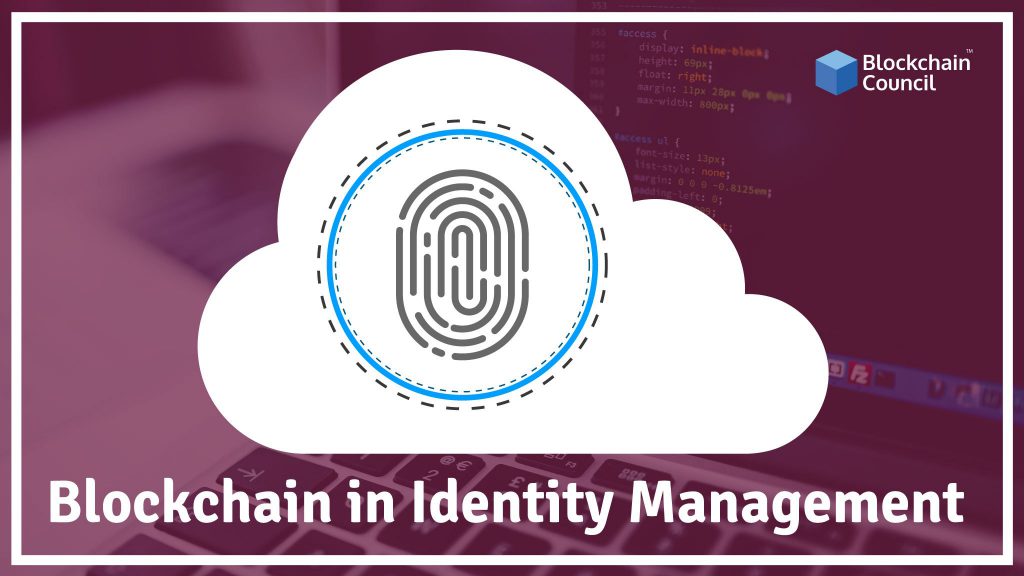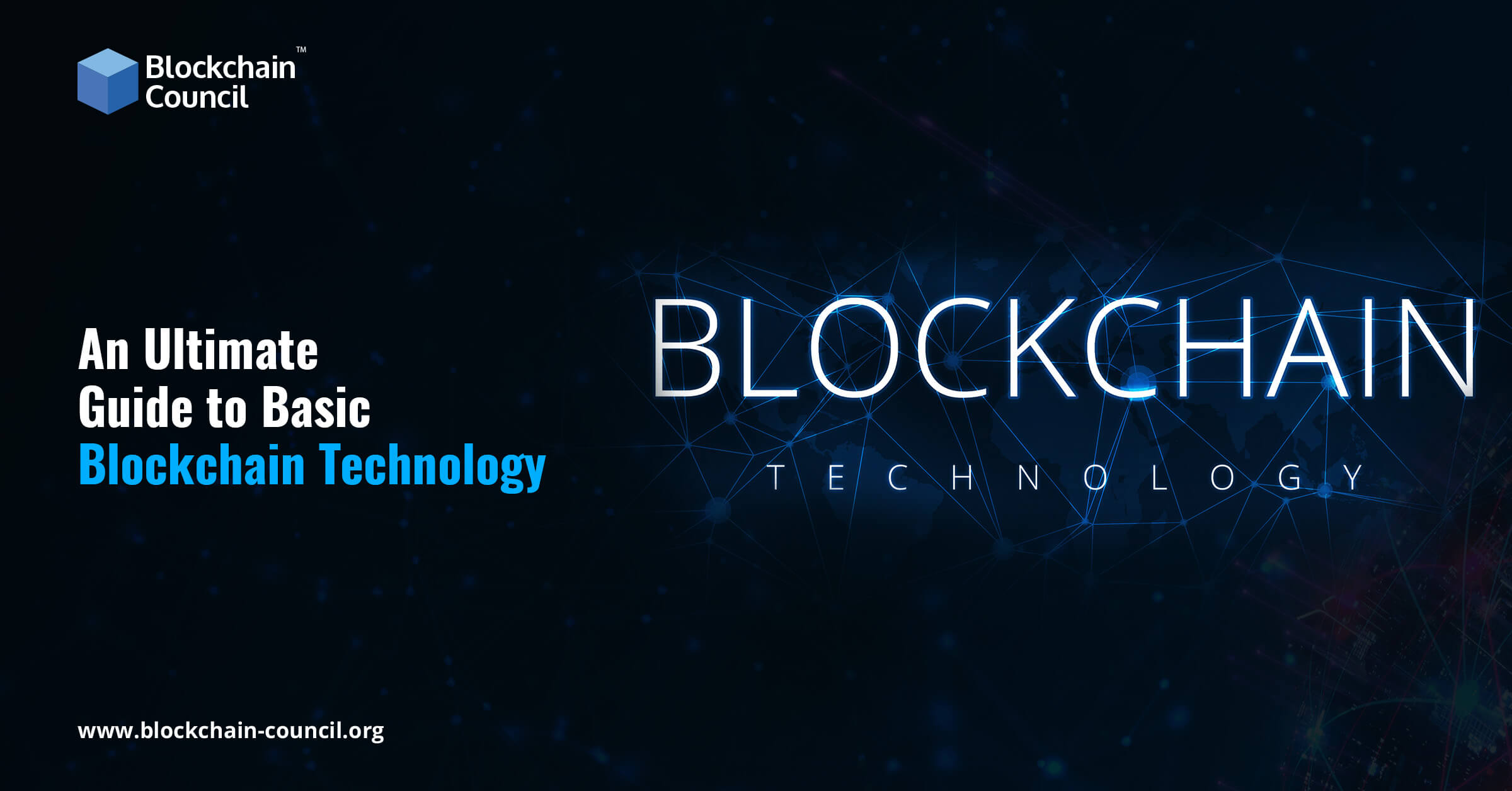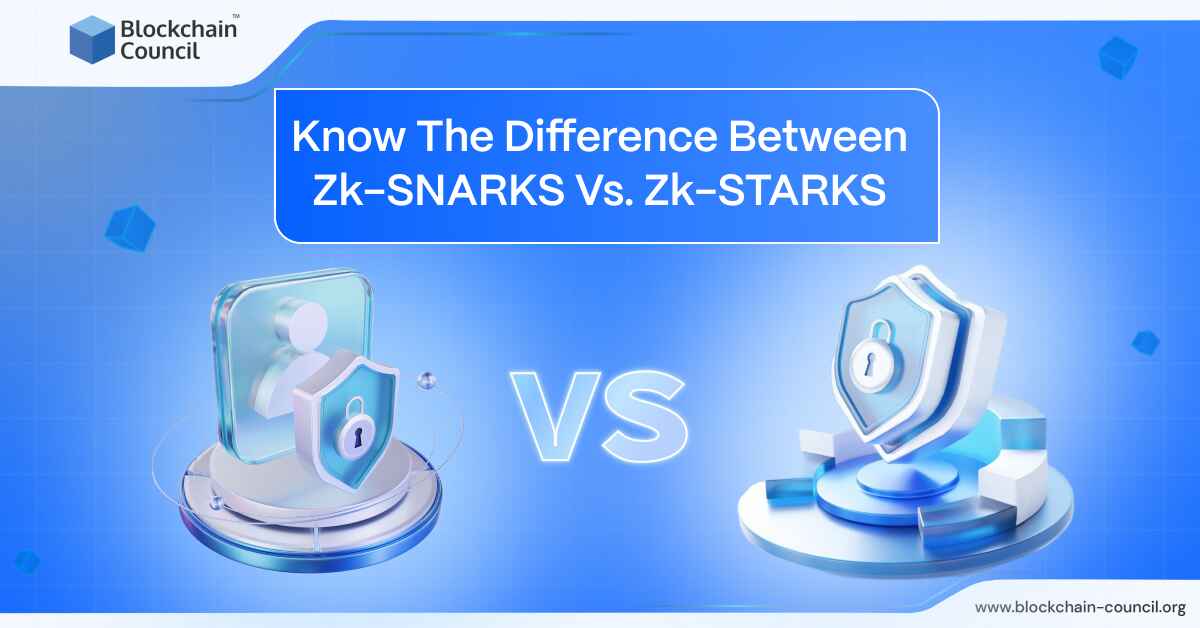
- Toshendra Kumar Sharma
- October 14, 2022
The ideas concerning digital identity create a different discussion with regards to the blockchain. The ledger can solve many things mentioned above, but identity may be a pretty significant step within global recognition. Identity is a problem in our world, as millions upon millions of refugees and their children go undocumented.
By distributing a ledger among all members of the network, blockchain authentication eliminates someone from maliciously altering the accounting. Every time a ‘transaction’ or block of data adds to the chain, a majority of the network must verify its validity. This guarantees the integrity of the ledger. One could then use public key encryption, such as the extremely secure RSA encryption, to securely send their credentials. The recipient could then verify this against an entry in the immutable blockchain. This results in an incredibly safe and reliable way to handle verification of identity.
How does it work?
There are millions worldwide who may have also forged their identity documentation. They may not be exactly who they say they are. For instance, it may be relevant to find out whether or not your president was born in Kenya. Or more recently, when hundreds of Syrian refugees claimed to be from Syria where 30 percent of them were not from the country at all. Right identification should be readily available to those who need it, and a publicly distributed ledger can help. Autonomous organizations can start forming unions in various global regions issuing digitally authenticated birth certificates to solve this problem. Birth certificates and identities verified on the blockchain would be unforgeable, time-stamped, and publicly viewed for all humans to see.
Quite a few innovators, businesses, and nonprofit services are jumping on this idea of “blockchain identity”. There are also quite a few who are holding the current financial system accountable for taking to great sums of wealth laundered from the human trafficking trade. An excellent way to detect this is through transparency with the help of blockchain. This could reveal many crimes through public financial monitoring. The distributed ledger can show where the trafficking trade funds are going and halt them by ceasing the use of individual banking institutions by merit. If done voluntarily, the collaboration can work both ways between the public and banks. These businesses can offer early indicators of the human slave trade by watching the money flow themselves with self-regulation through the blockchain.





































































 Guides
Guides News
News Blockchain
Blockchain Cryptocurrency
& Digital Assets
Cryptocurrency
& Digital Assets Web3
Web3 Metaverse & NFTs
Metaverse & NFTs
